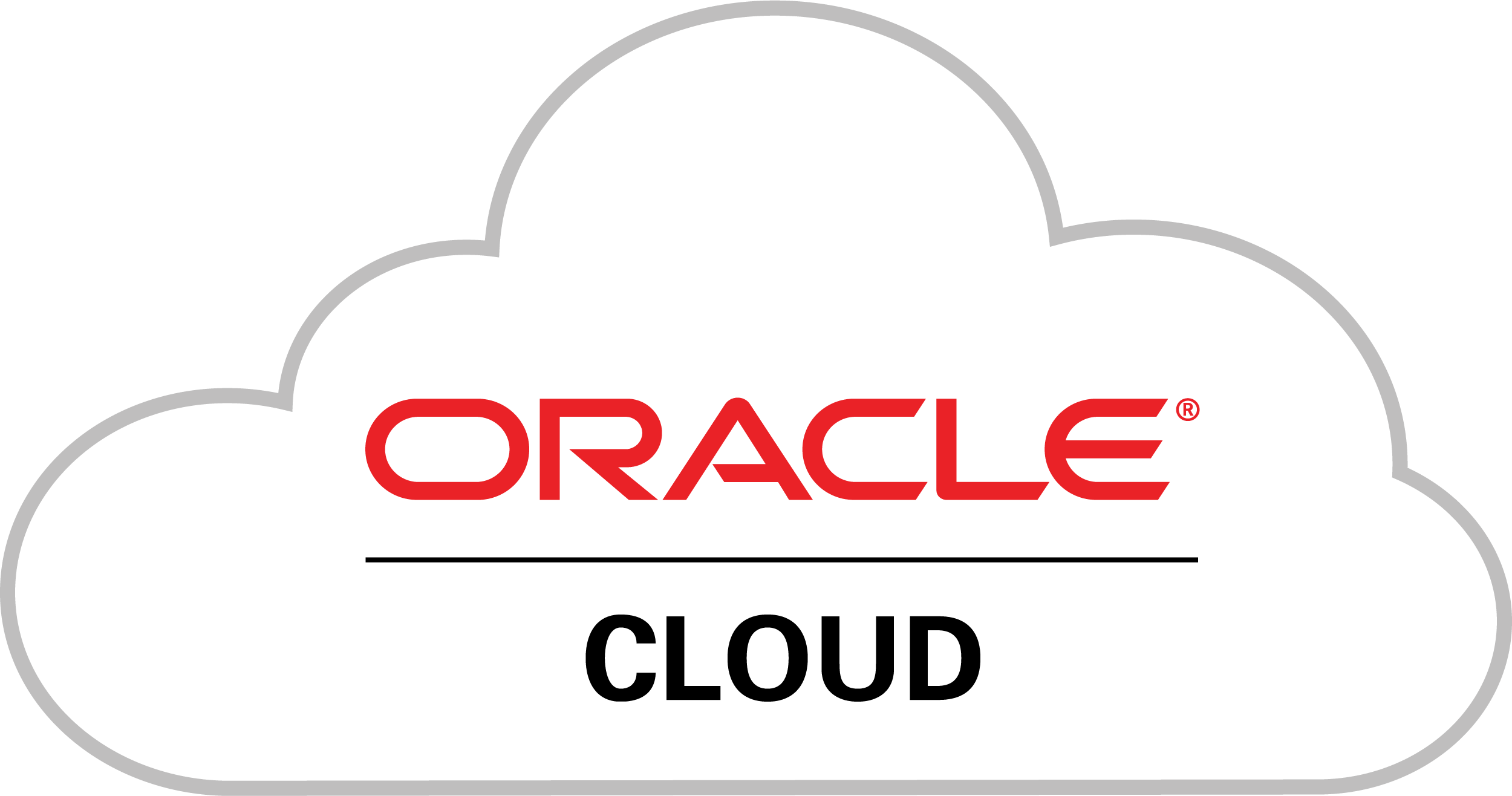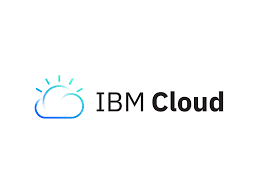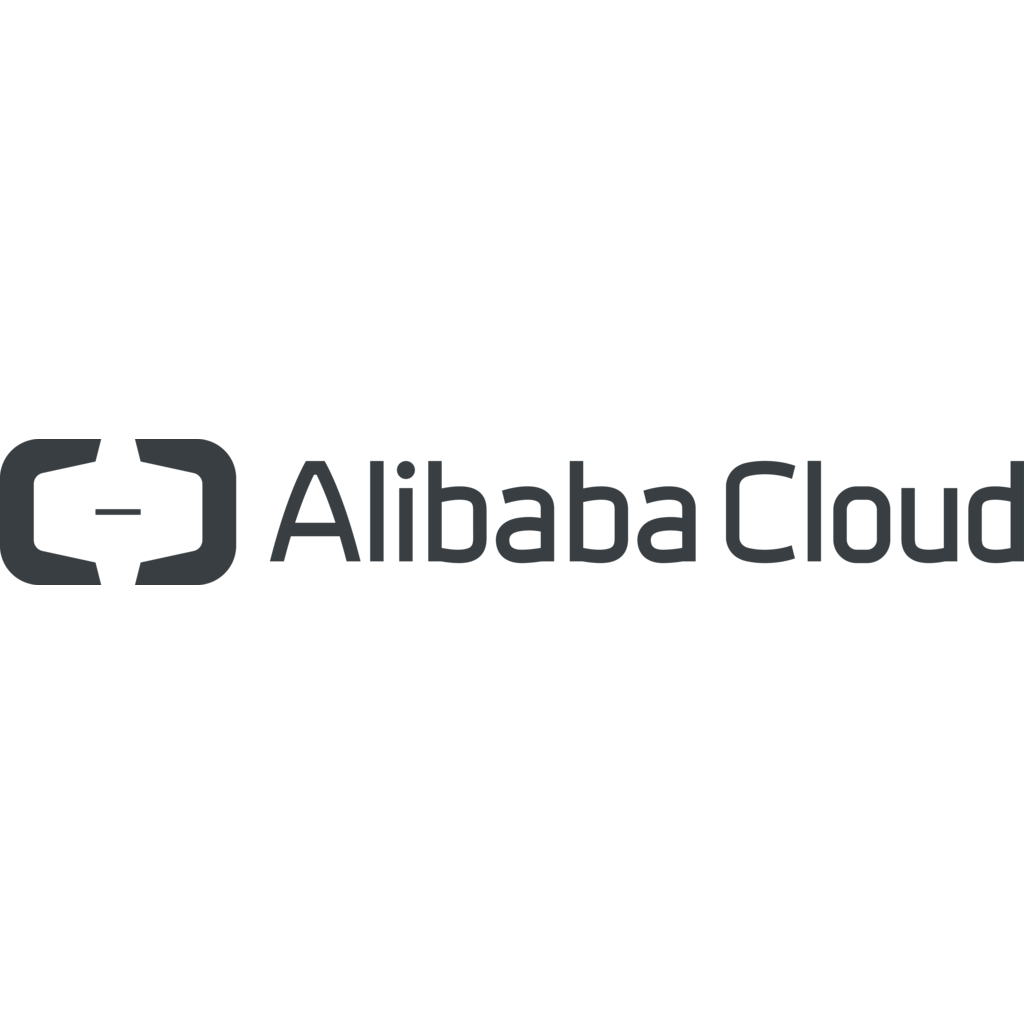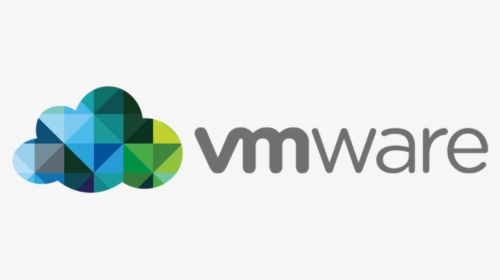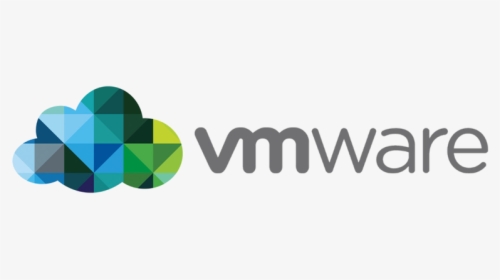By: Waqas Bin Khursheed
Tik Tok: @itechblogging
Instagram: @itechblogging
Tumblr: @itechblogging
Facebook: @itechblogging.com
YouTube: @itechblogging-tz1zx
Cloud computing blogs: https://itechblogging.com
Email: itechblo@itechblogging.com
Linkedin: @waqas-khurshid-44026bb5
Understanding the Need for Migration to OCI
Embracing the shift to cloud computing, specifically to Oracle Cloud Infrastructure (OCI), becomes a pivotal decision for businesses seeking agility and scalability. Migrating to OCI offers unparalleled advantages, including enhanced security, reduced operational costs, and improved performance. This strategic migration not only aligns with digital transformation goals but also ensures competitiveness in a rapidly evolving tech landscape.
Formulating a Comprehensive Migration Plan
Initiating the journey to OCI starts with a well-defined plan, emphasizing the need to minimize downtime and ensure data integrity. This phase involves meticulous assessment of existing infrastructure, identification of migration priorities, and scheduling to avoid business disruption. A successful migration plan balances technical requirements with business objectives, ensuring a seamless transition to the cloud.
Assessing Workloads and Dependencies
A critical step in migrating to OCI involves thorough evaluation of on-premises workloads and their dependencies. Understanding these aspects is crucial for determining the right OCI services and configurations. This evaluation aids in identifying potential challenges early on, allowing for a smoother migration process and optimal cloud performance.
Ensuring Security and Compliance in OCI
Migrating to Oracle Cloud Infrastructure demands a strong focus on security and compliance. Oracle’s robust cloud security features offer peace of mind, but aligning these with company policies and regulatory requirements is paramount. Implementing Oracle’s security best practices ensures that the migrated environment adheres to the highest standards of data protection and compliance.
Executing the Migration with Precision
The execution phase of migrating to OCI is where planning translates into action. Utilizing Oracle’s migration tools and services facilitates the efficient transfer of data and applications. Regular communication with stakeholders and thorough testing during this phase are essential to address any issues promptly, ensuring a smooth transition with minimal impact on operations.
Post-Migration Optimization and Management
After successfully migrating to OCI, the focus shifts to optimization and ongoing management of the cloud environment. Leveraging Oracle Cloud Infrastructure’s scalability and performance monitoring tools allows for continuous improvement. Regular reviews and adjustments ensure that the infrastructure meets evolving business needs, maximizing the benefits of the cloud.
Preparing for Future Innovations with OCI
Oracle Cloud Infrastructure is designed to support future technological advancements, enabling businesses to stay ahead in their respective industries. Post-migration, organizations should explore OCI’s innovative services, such as AI and machine learning, to unlock new opportunities for growth and efficiency.
By following this strategic approach to migrating from on-premises to Oracle Cloud Infrastructure, businesses can ensure a smooth transition that aligns with their long-term goals. Leveraging OCI’s capabilities not only enhances operational efficiency but also prepares organizations for future technological advancements, securing their place in a digital-first world.

